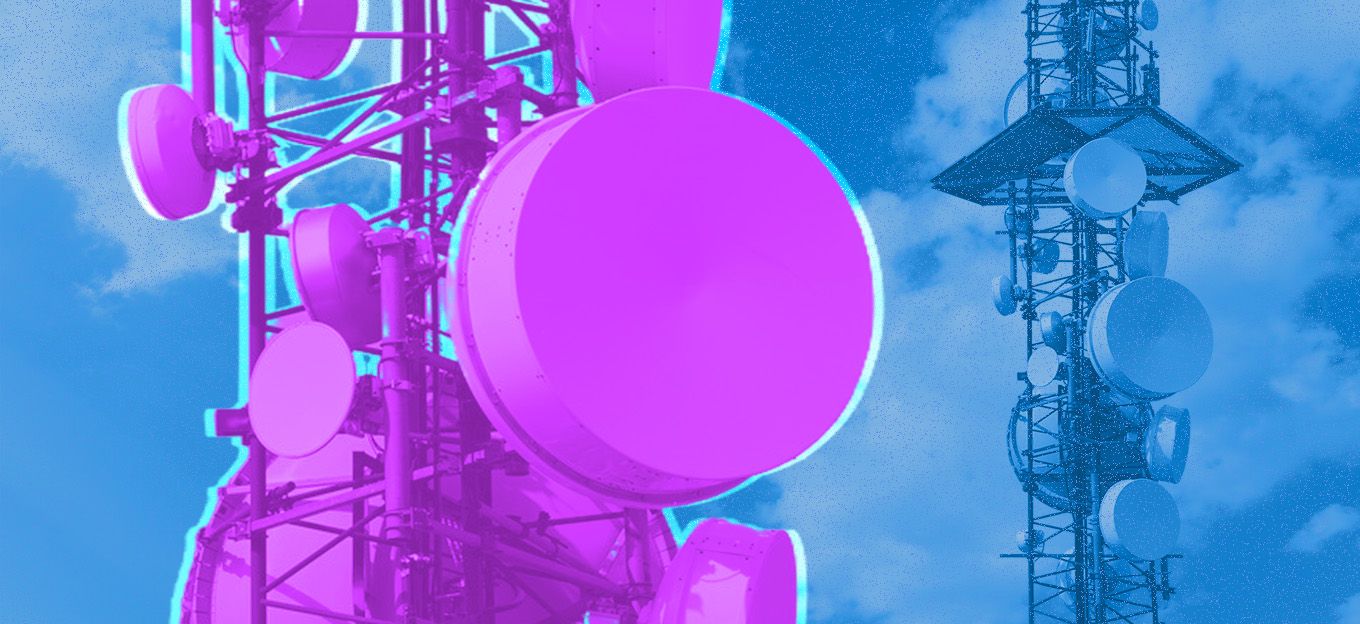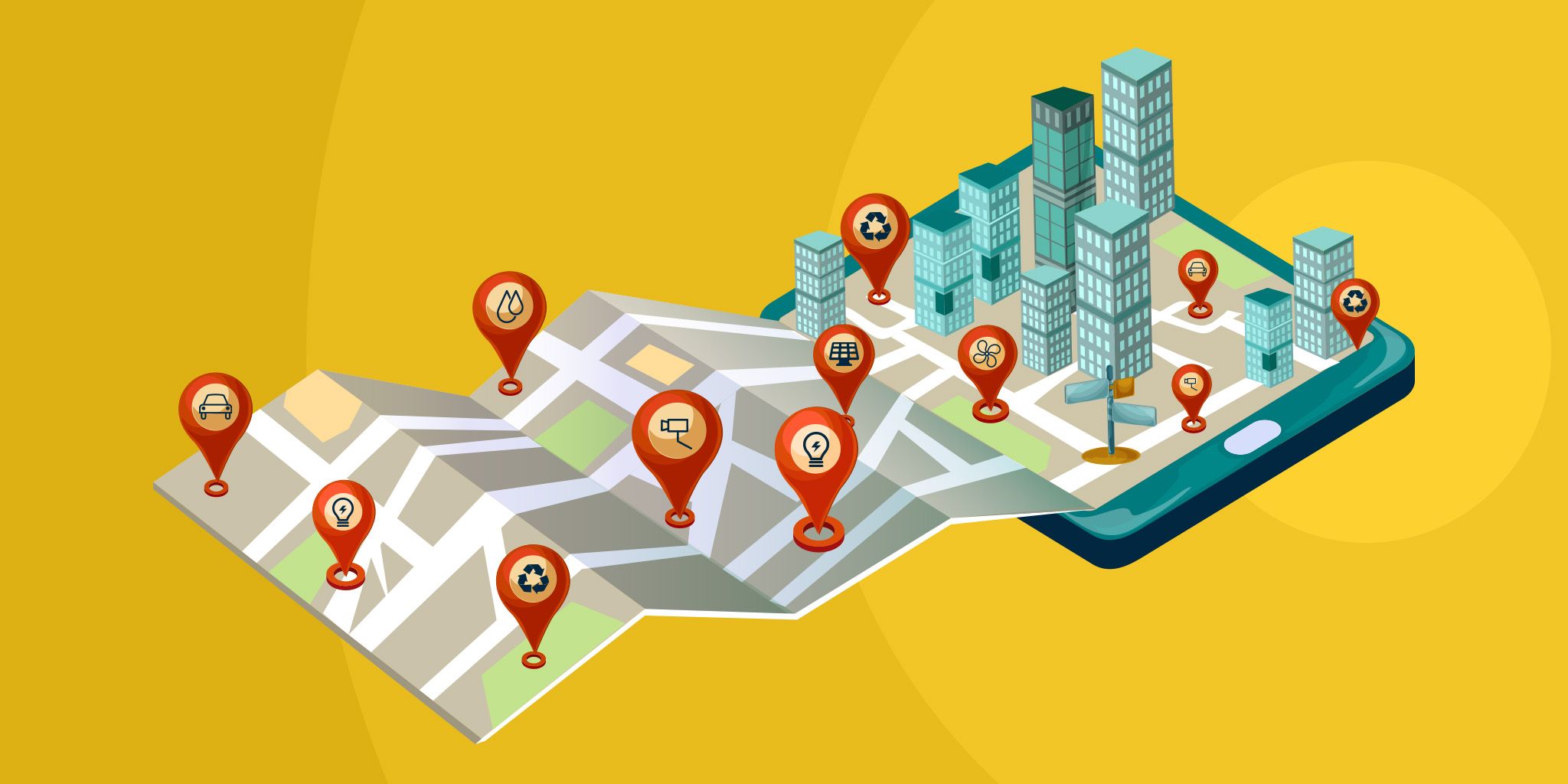Real-Time Location Systems (RTLS) for Hospitals
Real-Time Location Systems (RTLS) for Hospitals
- Last Updated: December 2, 2024
Guest Author
- Last Updated: December 2, 2024



Hospitals are slowly incorporating Real-Time Location Systems (RTLS) into their workflows. These systems, which tell you the location of current equipment and employees, provide value to hospitals in several key ways:
- Personnel can know and trust the location of equipment.
- They provide accurate equipment usage statistics.
- You can know when to clean or maintain equipment.
- You can make informed decisions when purchasing new equipment.
- They reduce rental expenses.
- They monitor foot traffic and the location of hospital staff.
Real-Time Location Tracking (RTLS) for Hospitals
In the U.S, we're constantly hearing about how doctors and nurses are overworked, and how hospitals are understaffed. At one hospital, an RTLS saved 10,000 staff hours annually by enabling staff to quickly locate the devices they needed. In addition to this, when the staff doesn’t trust that they can find the equipment, they start hoarding equipment where they know they will be able to find it quickly. This leads to perceived equipment shortages and wonky cleaning and maintenance schedules.
The other large benefit of an RTLS for a hospital is the accurate usage statistics that result from knowing when equipment gets used and where it gets used. From this data, administrators can make more informed decisions when purchase orders get presented to them. As a result of administrators knowing when equipment has been used and how often, they can better implement cleaning and maintenance schedules for equipment.
In addition to this, hospitals gain benefits from tracking their personnel and patients. In the case of an emergency, knowing where it's happening can radically reduce response times. In addition to this, more processes can be automated, such as knowing when a room becomes available to increase usage efficiency.
Real-Time Location Systems can solve many problems in hospitals. In an environment where every second is crucial, pinpointing where people and things are can save precious time and drastically reduce operating costs.
There are some concerns in designing or choosing an RTLS for hospitals. Any technology using ultrasonic should be scrutinized, as it can interfere with the use of some devices like ultrasounds in addition to being impacted by any noise from devices. Any solution utilizing computer vision has a large potential to violate privacy concerns. Many solutions on the market use varying combinations of BLE (Bluetooth Low-Energy) and radio frequency technologies and proprietary software to calculate the positions of tags.
When implementing an RTLS in a hospital, careful consideration should be taken for how to integrate the information with the established workflow. It's easy to fall into "business as usual" and just use the surface value of the RTLS and not take advantage of all the benefits that the RTLS can provide.
The Most Comprehensive IoT Newsletter for Enterprises
Showcasing the highest-quality content, resources, news, and insights from the world of the Internet of Things. Subscribe to remain informed and up-to-date.
New Podcast Episode

Moving Past the Pilot Phase in IoT and AI
Related Articles





